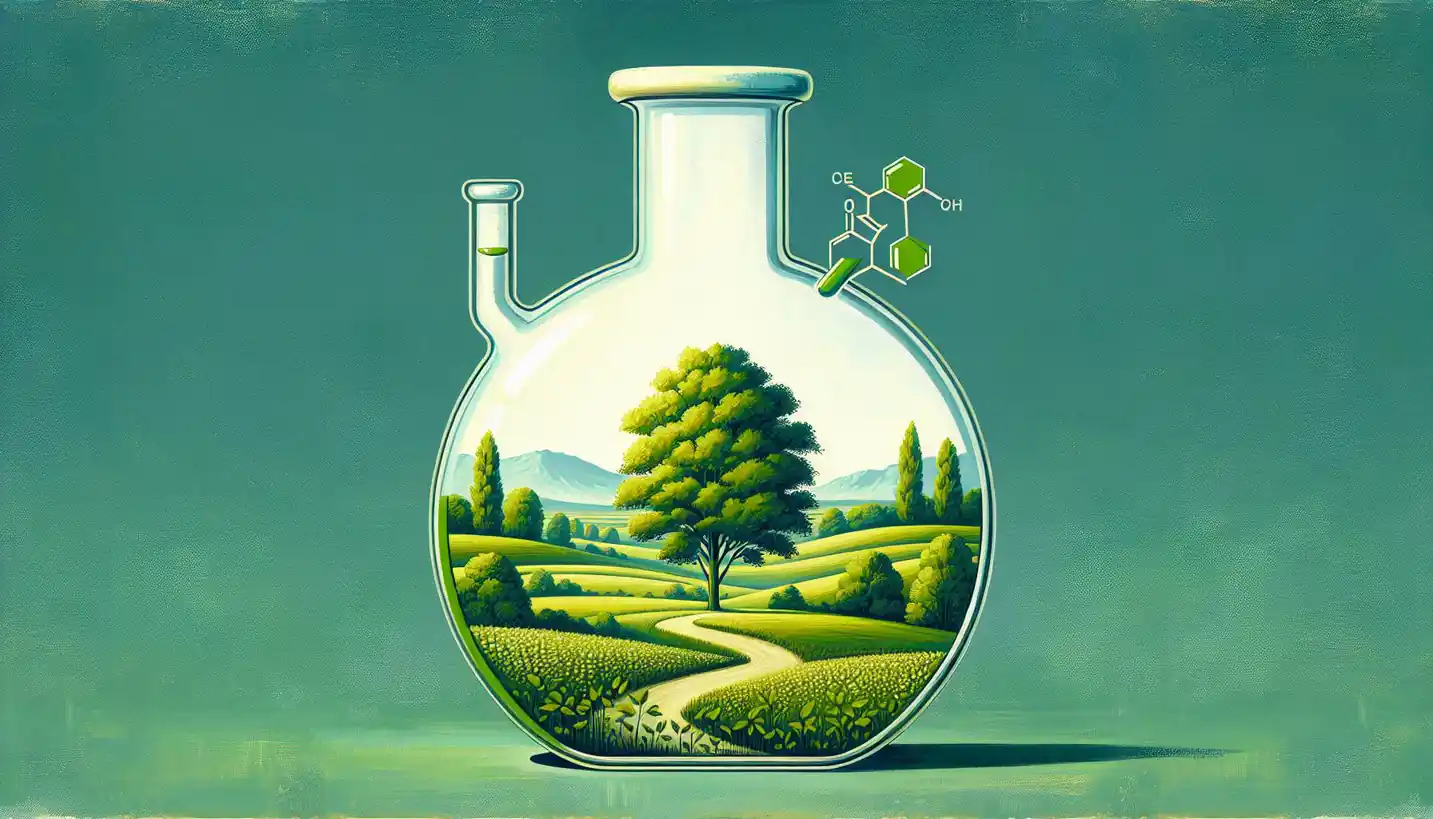· Chemistry · 4 min read
Photocatalysis: Lighting the Way to a Greener Future
Photocatalysis shines a light on the path to a greener future, transforming solar energy into chemical energy. This process offers an eco-friendly approach to sustainable energy solutions.

Delving into the world of chemistry can sometimes feel like venturing into a complex maze. But, let’s start with something simple – light. Imagine harnessing sunlight, not just for growing plants or warming your skin, but to drive chemical reactions. This is the essence of photocatalysis, a fascinating concept in green chemistry that’s working miracles to clean our planet.
Picture this: a world where polluted air is a relic of the past, or where wastewater is purified effortlessly. Photocatalysis is like having a magic wand that uses light to make these dreams come true. At its heart, it’s all about using light to trigger a substance called a photocatalyst. This substance can accelerate chemical reactions without being consumed in the process. But how does it work? Let’s shine a light on this intriguing process!
Shedding Light on Photocatalysis
Think of photons, the small packets of light energy from the sun. These photons hit the surface of a photocatalyst, usually a metal oxide like titanium dioxide. When this happens, an electron on the photocatalyst gets excited and jumps to a higher energy level. This leaves behind a “hole,” and this excited electron and its hole start a chain of reactions. Like a match igniting a fire, these reactions can break down pollutants, kill bacteria, or even split water molecules to produce hydrogen gas.
Practical Wonders of Photocatalysis
Now, you might wonder, why is photocatalysis a big deal? One of its most exciting applications is in environmental cleanup. Imagine a smog-filled city suddenly finding its skies clear thanks to photocatalysts coated on buildings and roads. These coatings can break down harmful pollutants in the atmosphere when exposed to sunlight, making our air cleaner and healthier.
Consider wastewater treatment. Traditional methods can be costly and require a lot of energy. Photocatalysis provides an eco-friendly alternative by using sunlight to degrade harmful substances in water. This process not only purifies water but can also recover valuable metals from industrial waste. It’s like turning trash into treasure, all with the power of sunlight!
The Green Chemistry Revolution
Photocatalysis fits perfectly into the ideals of green chemistry, which aims to design chemical products and processes that reduce or eliminate the use and generation of hazardous substances. By using a naturally abundant resource like sunlight, photocatalysis reduces reliance on fossil fuels and minimizes chemical waste.
Consider hydrogen fuel production. Photocatalysis can split water molecules into hydrogen and oxygen, offering a clean and sustainable energy source. Hydrogen fuel could power everything from cars to entire cities, offering a greener alternative to traditional fossil fuels.
Challenges and Opportunities
While photocatalysis sounds like a dream come true, it isn’t without its challenges. The efficiency of current photocatalysts can be limited. Sometimes they need a bit of engineering to work well in cloudy conditions or under artificial light. There’s a quest to find new materials that can absorb more sunlight and speed up reactions even faster.
However, these challenges open the door to innovation. Researchers are exploring ways to enhance the efficiency of photocatalysts using nanotechnology. By tweaking these materials on the tiniest of scales, scientists can create super-efficient photocatalysts that might one day be as common as solar panels on rooftops.
A Bright Future Ahead
The potential of photocatalysis is vast. Picture cities that clean themselves, industries that recycle toxic waste in a flash, and energy systems that thrive on hydrogen without a trace of pollution. While the path to widespread use is still unfolding, photocatalysis showcases a future where chemistry and sustainability walk hand in hand.
The journey into photocatalysis is a brilliant example of how scientific discovery can be harnessed for the greater good. It challenges us to think creatively about how we can use natural resources to tackle some of our most pressing environmental issues. So, next time you feel the sun on your face, remember the potential it holds in driving the green chemistry revolution with photocatalysis. It’s not just about chemistry; it’s about crafting a cleaner, brighter future for us all. Through the lens of green chemistry, the possibilities of photocatalysis truly shine.



